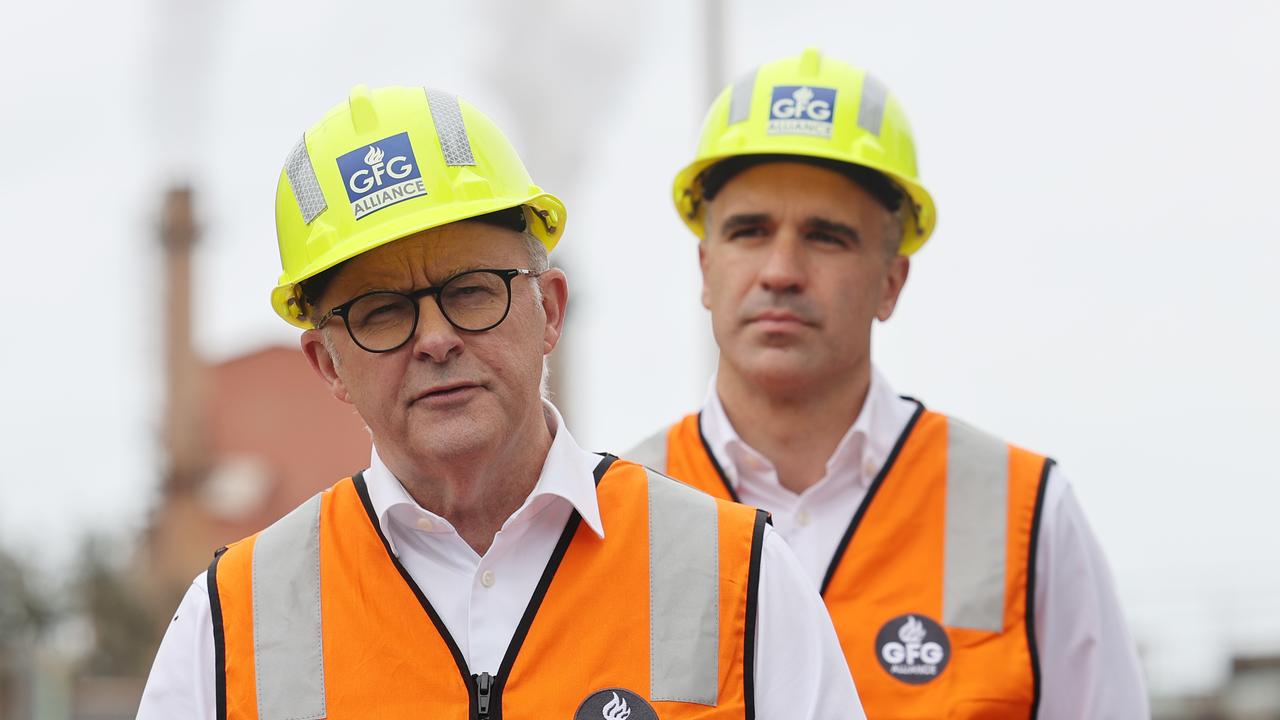Airbus and Boeing’s investment in smaller aircraft a key factor in A380’s demise
An aviation expert has said that when it comes to the superjumbo’s demise, ignore the excuses — Airbus itself sealed the A380’s fate.
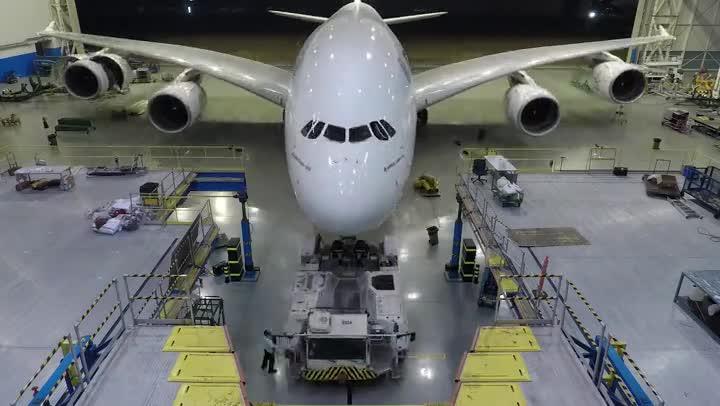
Manufacturing
Don't miss out on the headlines from Manufacturing. Followed categories will be added to My News.
There are many reasons why Airbus’ A380 superjumbo is ceasing production — from its reliance on four gas-guzzling engines to its sheer size meaning it was difficult to fill.
But a leading aviation expert has said, in the end, Airbus themselves did the A380 in by building smaller, more fuel efficient, and ultimately more profitable alternatives for margin obsessed airlines.
The giant of the skies couldn’t compete against newer, nimbler and tinier models.
Last week the European manufacturer announced it would cease production of the iconic double decker jet once it completes a final 14 planes for its largest customer, Emirates.
While several hundred A380s fly up to 500 people a piece around the globe every day, in recent years new orders have dried up. Even those airlines with longstanding orders for further superjumbos, such as Qantas, have cancelled them.
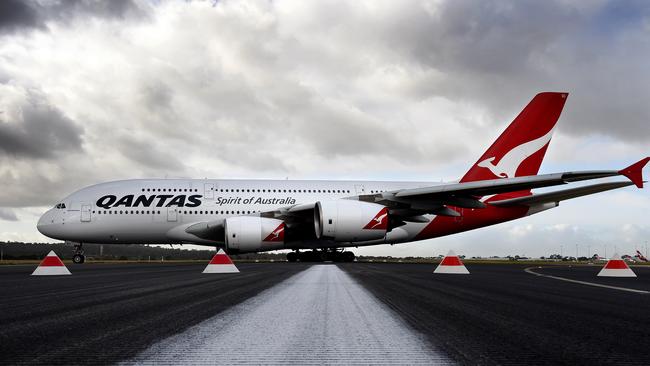
Airbus had hoped to build at least 1000 of the half billion dollar aircraft. But, all up, only a quarter of that number will have been produced by the time the doors of the Toulouse factory close in 2021.
As news agency Reuters summed up on Wednesday, the plane was “loved by passengers but feared by accountants” who couldn’t make the economics stack up.
UNSW aviation lecturer Dr Ian Douglas said the A380 had been a multi-billion gamble on how air travel would develop — but the gamble backfired.
Airbus had bet airlines would want to funnel vast numbers of people through equally vast hub airports for which an enormous plane would be just the ticket. And while airlines like Emirates have indeed done that, the trend has been going in the opposite direction.
“The market is now so big that you don’t need to fly everyone to a main gateway point,” he told ABC Weekend Breakfast on Saturday.
“There are markets large enough to fly everyone directly and in between. With the (smaller) 787, you can fly further and wave at Dubai as you fly over.”
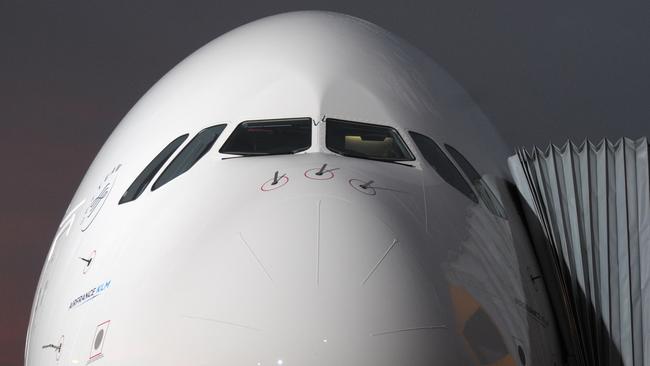
The first commercial flight of Boeing’s 787, in 2011, was four years after the Airbus A380 first carried passengers.
Yet despite playing catch up, Boeing has now delivered 789 of its so-called Dreamliners while only 234 A380s have taken to the skies.
In 2015, the Airbus A350, designed as a 787 competitor, first entered service with Qatar Airways. Around 250 of the twin aisle, twin jets have now been delivered with at least another 650 on order. They are numbers the A380 can only dream of.
Dr Douglas said it was Boeing’s and Airbus’ continued development of smaller aircraft that can fly further that sealed both the A380’s and the iconic 747’s fate.
He noted Boeing and Airbus were continually improving on their workhorse 737 and A320 aircraft. Originally designed for short hops, and seen in airports across Australia, they can now tackle far longer stretches.
Boeing 737s and Airbus A320s can cover the six hour plus red eye from Sydney and Melbourne to Bali with ease — even if for economy passengers it’s a squeeze.
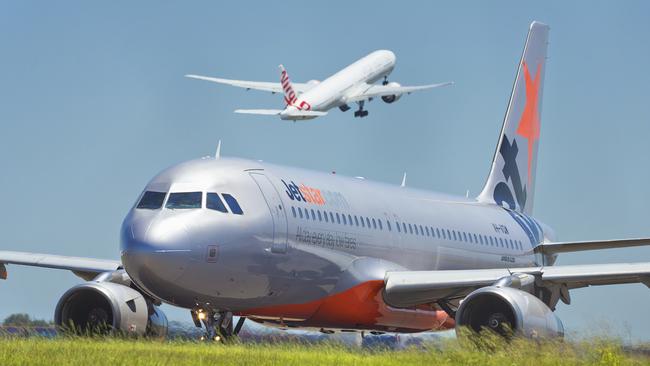
DESTROYING THEIR OWN MARKET
Indeed, British Airways even runs a tiny business class only Airbus A318 jet, kitted out with just 32 seats, on the seven hour slog from London to New York.
“The industry changes all the time. The A321 neo, a 200-seat narrow body single aisle aircraft, can now get across the Atlantic. So, the aircraft manufacturers are in some ways destroying their own business as they develop the aircraft for the next phase of the market,” he said.
It was conceivable, Dr Douglas said, that on transatlantic routes between non hub cities — Boston to Oslo for instance — single aisle long range A320s and 737s will become the norm.
“If we look at the forward orders, a lot of aircraft are going into China, but 80-90 per cent of aircraft on the books right now are single-aisle aircraft,” Dr Douglas said.
“Today we are talking about the demise of the A380, but we could go back six years and it pretty much happened there.”
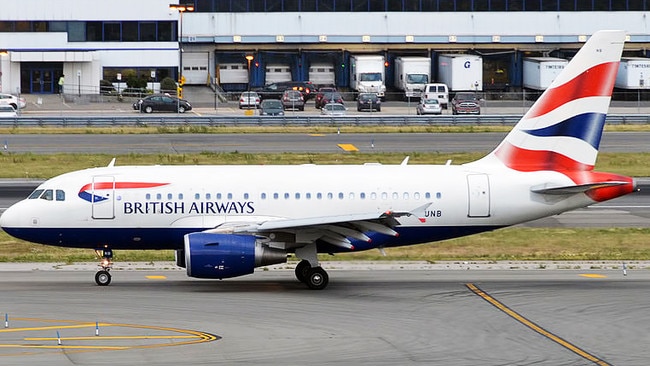
COLD HARD CASH
Of course, there are limits. There’s no way a 737 could make the 14 hour journey from Sydney to Los Angeles direct.
But only slightly larger planes, like the 787, are plying the route with ease. And Dr Douglas said it was likely a similar aircraft would fulfil Qantas’ long held dream of being able to fly from Europe to east coast Australia without a refuelling stop.
“It’s very close and I know Qantas are talking to both Boeing and Airbus and we’ll either see a new variant of the Boeing 777 or probably the Airbus 350-900 ultra-long-range aircraft that will finally make it non-stop from here to London.”
In the end it was cold hard cash that doomed the A380. Although loyal supporters like Emirates have said the huge jet makes money when full, each unsold seat potentially burns a hole in airline finances because of the fuel needed to keep the huge double-decker structure aloft.
“It’s an aircraft that frightens airline CFOs. The risk of failing to sell so many seats is just too high,” said a senior aerospace industry source familiar with the program.
Commenting on the A380 last week, Lufthansa CEO Carsten Sphor told a conference in Addis Ababa that it was “loved” by customers and crew and the German airline was “delighted” to continue to use the plane. But, he admitted, it was only profitable on “extremely popular routes”.
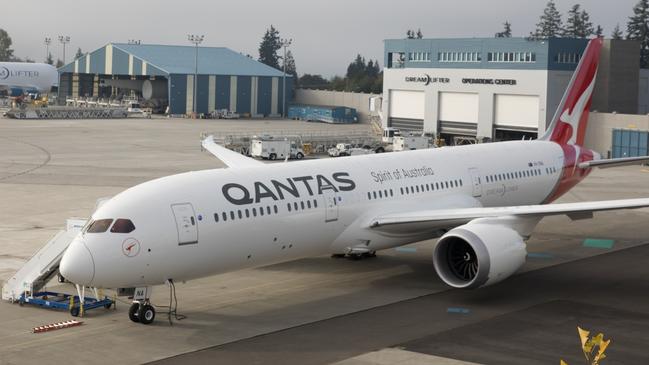
But the end of A380 production will come at a cost to customers.
Talking to news.com.au, an air steward who works on a 787 was frank: “It’s economics — we can pack these (smaller planes) with about 200 passengers whereas on the A380 we’d still have to sell lots of cheap seats and there’d still be some empty.”
That means the prospect of nabbing a spare seat to stretch out on could soon be a distant memory, he said.
“I’d much rather be working on this flight than be a passenger because I can keep move around. It’s like a cattle ship for the passenger.”
But there’s no need to rush to ride an A380 just yet.
Most planes remain in service for at least 20 years meaning there’s a decade left on even the earliest models. Qantas has said it intends to spruce up its 12 A380s this year as part of a midlife refresh, meaning it’s likely the planes will still be ferrying passengers across the globe until well into the 2030s.
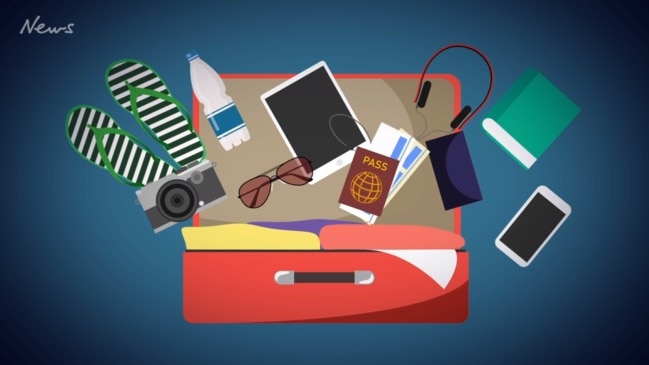
Originally published as Airbus and Boeing’s investment in smaller aircraft a key factor in A380’s demise



